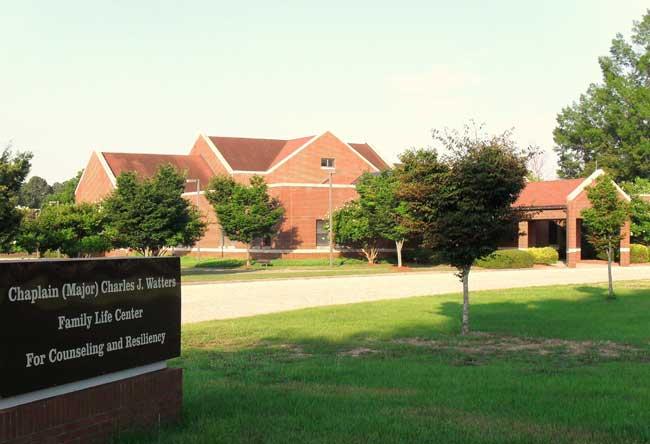Courage and Compassion: The Story of Chaplain Charles Watters
The Battle of Dak To
In October of 1967, People’s Army of Vietnam (PAVN) forces entered the Kon Tom Province in North Vietnam to engage U.S. forces and capture the Civilian Irregular Defense Group camp of Dak To. On November 3, 1967, U.S. forces launched Operation MACARTHUR with elements of the 173rd Airborne Brigade, the 4th Infantry Division, and the 1st Cavalry Division (Airmobile) along with elements of the Army of the Republic of Vietnam (ARVN) to counter the PAVN. In the following weeks, U.S. forces attacked PAVN defensive positions surrounding Dak To. Heavy fighting occurred in many locations, the worst of which began on November 19 on Hill 875. After initial success, Paratroopers of the 173rd Airborne Brigade became surrounded and endured a devastating friendly fire incident before reinforcements could reach them.

On November 23, the Paratroopers were able to capture Hill 875 and the battle ended several days later. Considered a victory for the U.S. and South Vietnamese, the battle cost 376 U.S. and 79 ARVN lives compared to an estimated 1,000 to 1,445 PAVN.Add block
Chaplain Charles Watters
Chaplain (Major) Charles J. Watters, like other Army Chaplains during the Vietnam War, provided spiritual guidance to men in combat and improved morale. Watters, a Catholic priest, spent 16 months with the 2nd Battalion, 503rd Infantry, 173rd Airborne Brigade. He delivered masses, listened to confessions, and offered counsel.

Watters willingly faced the hardships of war with his fellow Paratroopers. In February of 1967, he parachuted with the 2nd Battalion, 503rd Infantry during Operation JUNCTION CITY, and in May of 1967, he was awarded the Bronze Star for Valor after administering last rites to a fatally wounded man while under heavy enemy fire.
During the Battle of Dak To in November of 1967, Chaplain Watters willingly exposed himself to enemy fire while helping to evacuate wounded Soldiers from the battlefield. While performing last rites, he was mortally wounded. Chaplain Watters was posthumously awarded the Congressional Medal of Honor. A Paratrooper summarized 2nd Battalion’s feelings toward Chaplain Watters: “From beginning to end, he was our Chaplain.” Watters was posthumously awarded the Congressional Medal of Honor for his actions during the Battle of Dak To. You can read the MOH inscription here.

In honor of his bravery and sacrifice, Fort Bragg named a building after Chaplain Watters called the Watters Chaplain Family Life Training Center.

Did you enjoy this content? If so, please consider giving a gift to the Museum. Your donation will help keep the legacy of Airborne and Special Operations Soldiers alive for generations to come.



